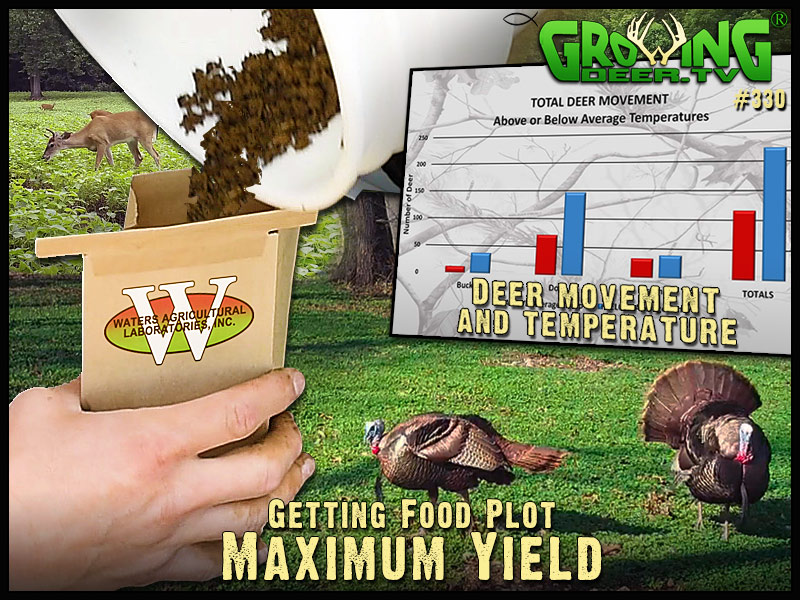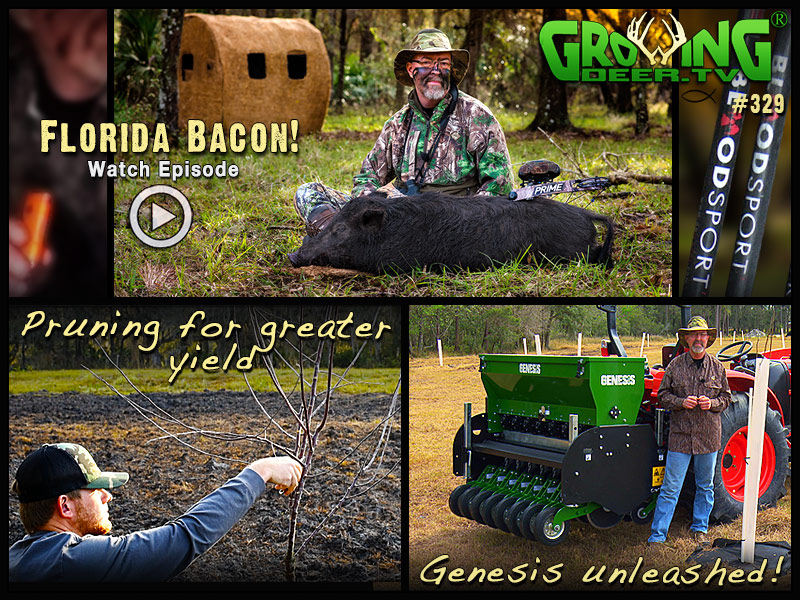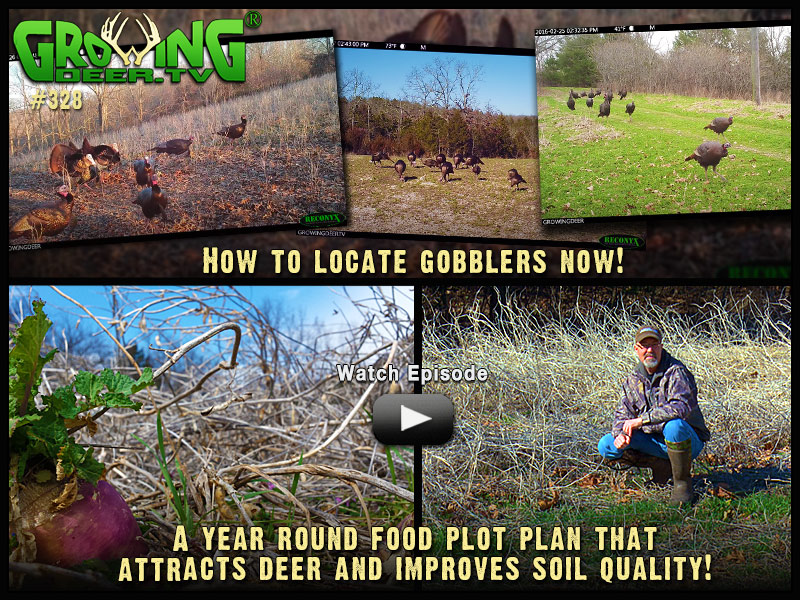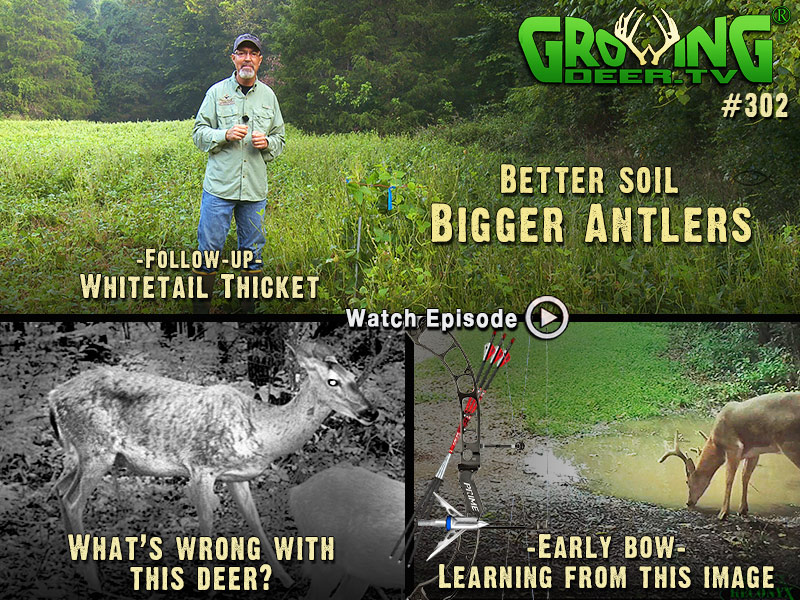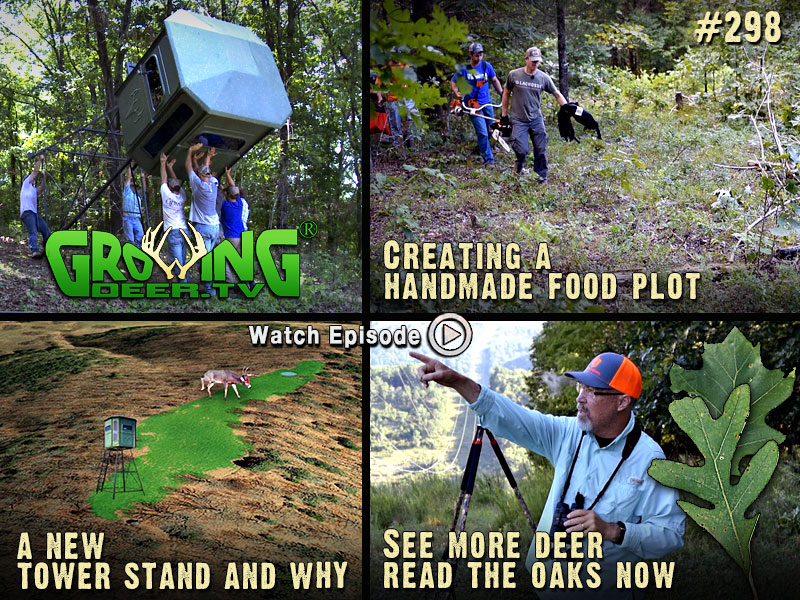Category: Food Plots
Maximizing Yields: Spring and Fall – Episode #330
What is the ideal deer hunting weather? We share some “backyard” research that sheds some light on the most productive days to deer hunt. This data can help you stay successful when your time in a Summit stand is limited.
Bigger antlers, healthier deer and maximum yield in your plots starts with one thing – soil samples! Watch the steps we take to prepare for planting season and a successful hunting season. We get the most out of our food plots. Do you?
This is your last week to register for Spring Field Days at The Proving Grounds. Click here now!
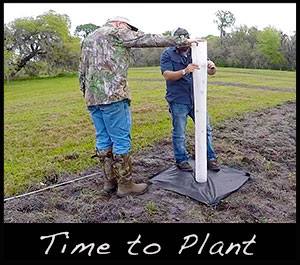 Tip of the Week:
Tip of the Week:
Attract more deer with quality fruit and nut trees.
Now is a great time to purchase and plant.
We use Flatwood Natives for our trees.
Fruit, Forage and Bacon – Episode #329
Join us April 1 and 2 at The Proving Grounds to get hands on learning. We will walk you through our food plot and hunting strategies! This is a great time to meet and fellowship with other passionate outdoorsmen and women.
Grant and Adam head to the Sunshine State to enjoy the warmth of early spring! Watch as the first morning settled in a Redneck Hay Bale Blind produces some “Prime” bacon.
The Genesis drill is unleashed. This new food plot drill gets put to work! Planting a food plot in a tree plot sounds tough, but not for this drill!
Food plots aren’t the only thing getting attention these days. Learn from the experts at Flatwood Natives how to maximize the production of your fruit trees. Pruning branches means more fruit produced.
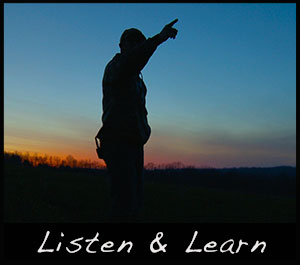 Tip of the Week:
Tip of the Week:
Spring is here, get your listening ears on! Head out into Creation, listen at daybreak for birds gobbling. This information may help you bag a tom on opening day!
How To Locate Gobblers – Episode #328
Food plots go beyond selecting a seed variety, planting, and hunting! Check out the technique we have found that attracts wildlife, improves their nutrition, and builds better soil! It’s a winner for everyone with food plots!
Are you day dreaming of strutting toms? You aren’t alone! Spring gobbler season is on our minds too! Pre-season scouting can be difficult with tough work schedules, but it can be done! Watch how we use RECONYX cameras to locate and scout birds before opening day.
Want to see these techniques first hand? Join us April 1st and 2nd for Spring Field Days where we’ll demonstrate our food plot and hunting techniques! There are LOTS of giveaways and great prizes!
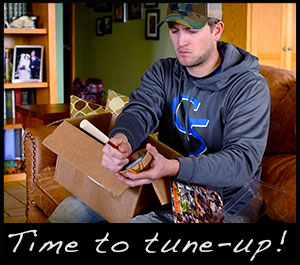
Tip of the Week:
Are you ready?
This is a great time to get your Hook’s Calls out and fine tune your sound!
So…What’s The Deal With Cover Crops?
Over the past few years we have been testing different cover crop varieties and planting methods here at The Proving Grounds. We do this to continue learning how we can improve the soil. Food plots are fun to hunt over, but food plots are tools. These tools work to transfer nutrients from the soil to wildlife. Plants take nutrients from the soil and air then produce vegetation that is consumed by wildlife.
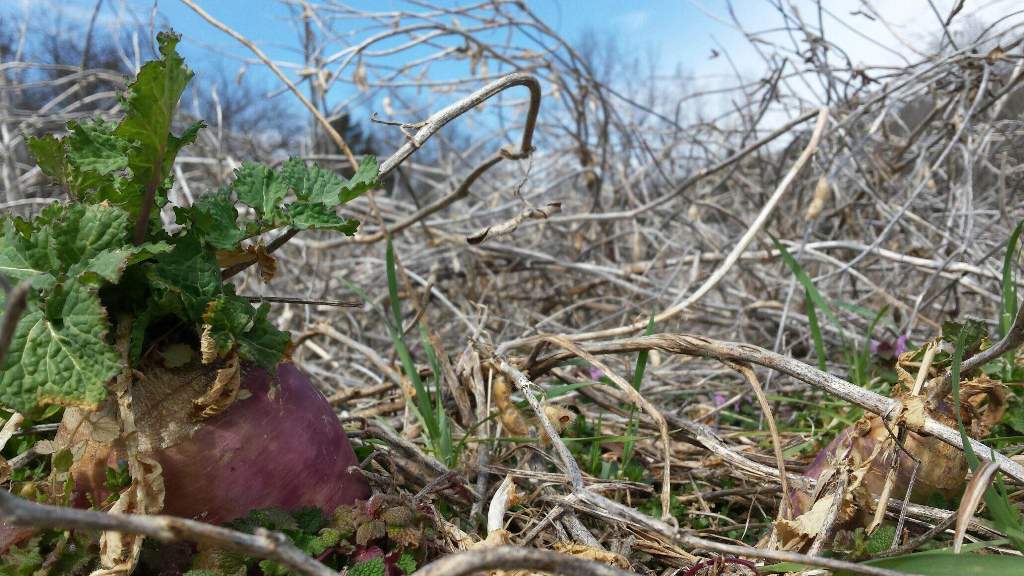
Eagle Seed Broadside mix drilled into standing beans makes for an excellent cover crop and forage for the local deer herd.
Some excellent research (watch episode #296 here) has been published confirming that better soil and nutrition means bigger and healthier deer. So, as you may have guessed by now, cover crops are used to improve your soil! There are many ways that cover crops or, in our plots, Eagle Seed Broadside, improve the soil’s health. Some of the benefits are immediate while others occur over time. Nevertheless, these improvements help to increase the quantity and quality of the nutrients that are available to the plants (watch episode #288 here).
Benefits of Cover Crops
- Cover crops keep the soil covered – Covering the soil shades out and limits weed growth in food plots. This decreases the amount of herbicide needed to control weeds.
- Cover crops reduce soil erosion – Rain droplets do not drop directly onto bare soil, therefore nutrients aren’t washed away.
- Cover crops keep nutrients in the top layer of the soil – Having an active root system year round keeps nutrients in reach of the roots rather than sinking lower into the soil.
- Cover crops decompose – Once vegetation from the cover crop is terminated, it begins to decompose. This acts as a slow release fertilizer which benefits the crops to follow.
- Cover crops are a source of mulch – The decomposing cover crops act as a mulch. Mulch holds in the necessary moisture for the soil and root system.
- Cover crops build organic matter – After the mulch breaks down it becomes organic matter which improves soil structure and overall fertility.
Do you keep your food plot’s soil active all year round? If not, I encourage you to plant cover crops. It will increase your soil’s fertility and allow you to grow larger and healthier deer!
GrowingDeer together,
Matt
When Do Bucks Shed? – Episode #327
All Spring Field Days attendees get a free bag of Trophy Rock Four65. Plus, attendees will receive discounted pricing on the Genesis no-till drill. Register now!
When do bucks shed? Ever wonder why bucks shed at different times? Watch to learn how sunlight and stress influence when bucks will lose their antlers. Turkey season opens next week in South Florida! We just prepared the Winchester for some serious turkey action this spring. The Long Beard XR’s performance is clearly a winner!
What’s for breakfast after your mornings spent in the turkey woods? For us, the hogs we recently killed in Oklahoma will satisfy our hunger! Watch as we walk you through the process of making delicious homemade breakfast sausage!
Tip of the Week: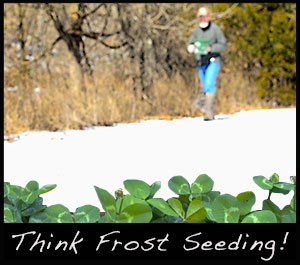
Frost seeding is awesome.
Late winter is a great time to frost seed clover. The freezing and thawing of the soil will bury small seed about an 1/8th of an inch which is perfect for clover!
Early Season Stands – Episode #302
Early season is here! The big question is which stand are you going to hunt? Yes, you need a favorable wind, but what else? Grant has some tips on what features every early season stand should have to make your hunt a success.
Watch this episode to learn how to easily recycle food plot nutrients and create better soil. Better soil means bigger antlers and a healthier deer herd.
Soybeans in small plots. We tried a new soybean variety this spring called Whitetail Thicket. Its viney growing tendencies might make it excel in small food plots. Now that fall is here, we checked the plots planted with Whitetail Thicket to see how they’ve withstood the browse pressure this summer.
This time of year we receive a lot of questions like, “What’s wrong with this deer?” Grant has an idea of what most of the folks are asking about.
Tip of the Week: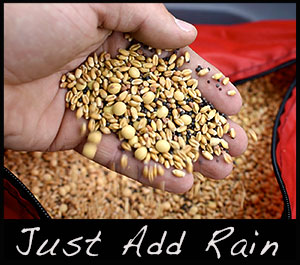
It’s a great time to get your fall food plots started. A little rain and you’ll have fresh, tender food all the way through late season.
Broadcasting Seed Or Why I Like Rain During August
I really like it when it rains during August! Let me explain. The average first frost date at The Proving Grounds is around October 10th. Most cool season crops do best when they are planted 45-60 days before the first frost. That means I need to plant during mid August at my place.
I often use the broadcasting technique to plant cool season blends such as Broadside. I frequently broadcast this blend into standing soybeans that have been heavily browsed. This technique works best if the seed makes seed to soil contact and has ample soil moisture to germinate and grow.
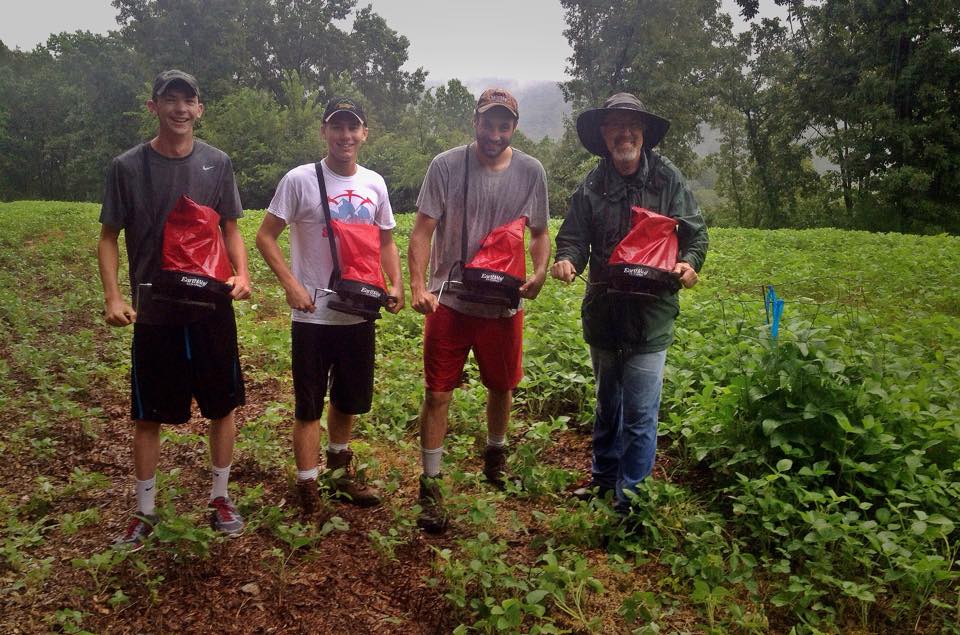
We had a busy morning in the rain broadcasting Eagle Seed Broadside.
If the seed is spread while it’s raining, the droplets will literally splash a fine layer of dirt over the seeds. There’s obviously ample soil moisture for the seeds to germinate. Spreading seed while it’s raining almost always results in a high germination rate!
There are some exceptions. Extremely hard rains may result in the seed being washed away if there’s runoff occurring. If the seed is planted in an area where weeds or other “duff” prevent the seed from contacting the soil it’s unlikely the young seedling will survive. This is because germinated seeds are like new babies. Once a baby or a seed’s roots come out both are hungry.
Seeds feed primarily by getting their itty bitty roots in the ground and absorbing nutrients. Rain can make this process much easier for young seedlings!
I really like it when it rains during August!
GrowingDeer together,
Grant
Pre Season Scouting – Episode #298
Wanna see more deer? Scout the oaks now! Acorns can be a HUGE factor in deer patterns. We’ll show you how we scout acorn production. Then we create a new hidey hole food plot by hand. We’ll show you a step-by-step guide to get this killer spot started. Trouble! We found a problem in one of our best hunting plots – then we found a solution. We’ll show you how we ROSE ABOVE the problem.
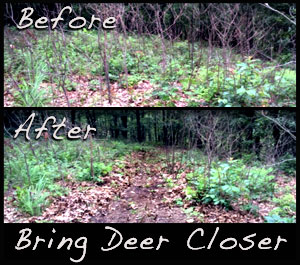 Tip of the Week:
Tip of the Week:
Bring deer closer to your stand by creating paths of least resistance in key areas.
Arrow Speed – Episode #295
Which arrows are you gonna shoot this fall? Lightweight for speed or heavy for punch power? Watch Grant test both types and make his decision.
Captured! Adam placed a Reconyx UltraFire in a bean field and got great video of deer absolutely mowing the beans. Plus, Grant does a food plot follow-up in our Whitetail Thicket soybean field – a promising variety for small food plots!
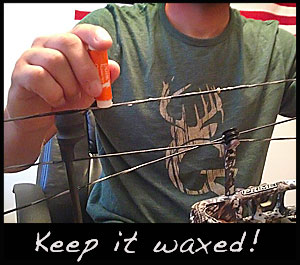 Tip of the Week:
Tip of the Week:
Summer sun and heat will take a toll on your bow string. Keep it happy, keep it waxed.
PLANT MORE SOYBEANS
Deer love soybeans! They crave the protein rich forage during the summer and the energy rich grains during the winter. In fact, deer crave soybeans so much that they can totally consume a young soybean crop in smaller fields such as food plots long before hunting season. Does that mean soybeans are a bad choice Read More HERE



